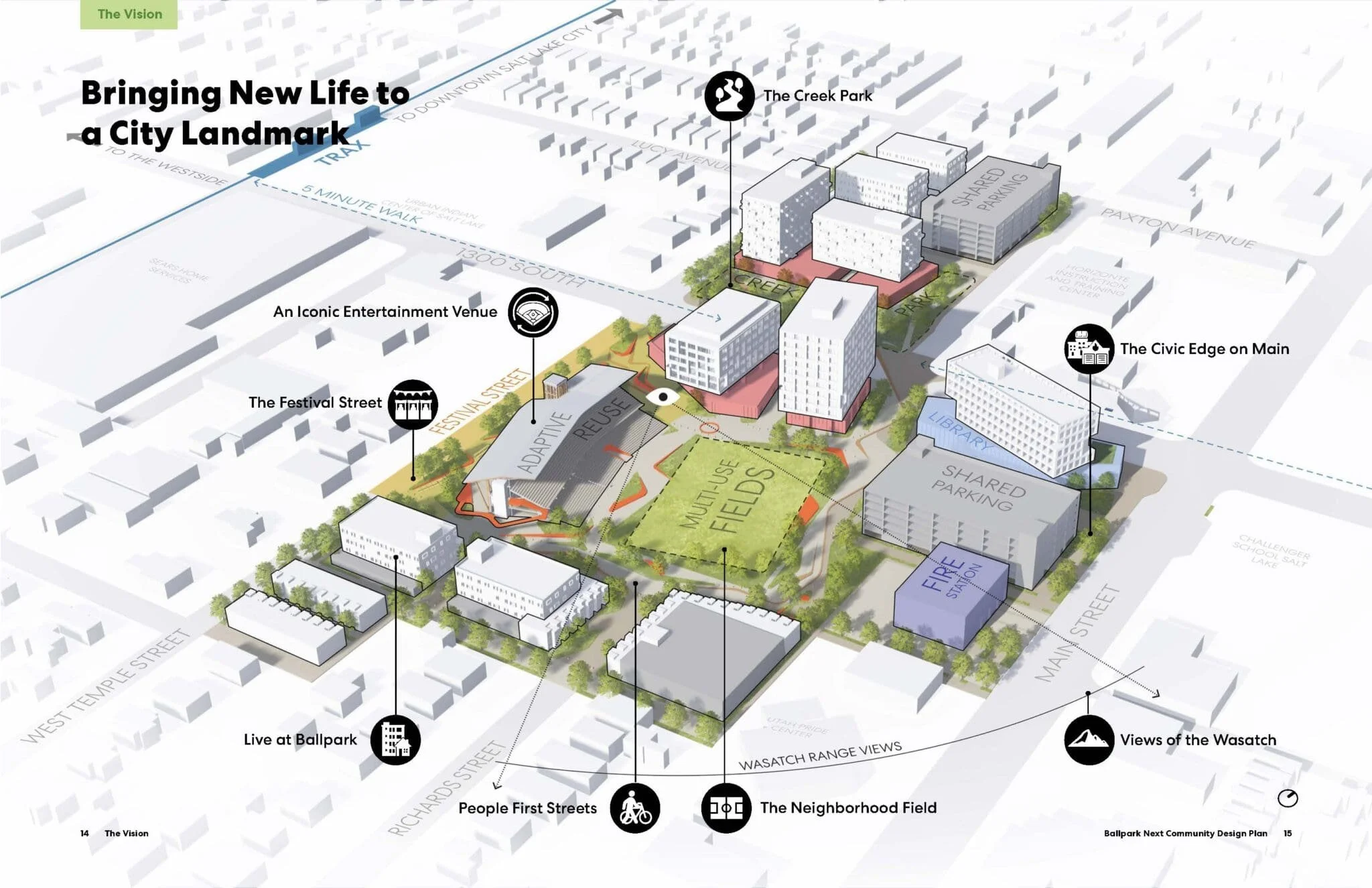A Walking Path Connects a Community
Authored by Amy Lennard Goehner
Source: AARP Utah
A “quick-action” project funded by the 2017 AARP Community Challenge spurred improvements that enable residents of Salt Lake City, Utah, to get around without having to always get into a car.
For as long as many west side residents could remember, an abandoned Union Pacific rail corridor in the Poplar Grove neighborhood of Salt Lake City, Utah, prevented them from safely walking or bicycling to the city’s downtown.
And few knew that a natural creek — encased in an underground pipe during the urbanization of the Salt Lake Valley in the early 20th century — flowed beneath the rail tracks, freeway and nearby industrial buildings and lots.
“The corridor was basically a degraded easement that runs through the city,” says Brian Tonetti, executive director of Seven Canyons Trust, a local nonprofit that restores streams and other impaired urban waterways.
Shortly after the train tracks were removed in 2008, city leaders saw an opportunity to revitalize the area by building a 1.5-mile walk-bike trail to connect the west side with downtown Salt Lake City. The trail constituted the first phase of the work. The second phase, which is currently in progress, was raising — or “daylighting” — the creek so it can flow above the ground, benefiting the environment and, as stated on the Seven Canyons Trust website, "flow across our divides and connect us all to nature in this oasis on the edge of a desert."
The Utah Transit Authority (UTA) received a transportation grant that earmarked money for the Folsom Trail and the city kicked in some additional funds. Seven Canyons Trust became a partner on the project and applied for and received a 2017 AARP Community Challenge grant.
The Project: Building Community Awareness and Support
“The grant funds were used to raise awareness and build community support for both the trail and creek efforts,” says Tonetti. Temporary wayfinding signs, placed in succession from east to west, informed passersby about the creek and the benefits (including improved water quality and economic growth) of restoring it. The signage placed from west to east told the history of the corridor and its connection to the neighborhood.
“Pavement markings with arrows and maps were used to demarcate the future pathway of the trail and creek,” Tonetti explains. Community volunteers helped install the markings. Local officials and nearby residents were encouraged to walk the corridor, learn more about it online and get involved in the restoration.
Seven Canyons Trust held a series of events to gather feedback about ideas and design concepts. An Oktoberfest celebration attracted more than 1,000 attendees who were asked to rank their priorities for the location. Topping the list: more green space.
“A lot of urbanized areas have buried their waterways in pipes underground in the stormwater system,” says Tonetti. “In the Salt Lake Valley, the work was done around the turn of the 20th century to facilitate urbanization. Since then, we've realized that natural creek channels are valuable natural assets and shouldn’t be hidden below ground. In fact, a very desirable type of green space is to have a natural, beautiful creek channel going through a city.”
The Results: Momentum Grows for the Project
The Seven Canyons Trust presented its Folsom Trail survey results and plans at community meetings aided by pamphlets, blog posts, and social media, ultimately reaching about 65,000 people.
“None of what we implemented with the 2017 grant was intended to be long-term,” says Tonetti. “The work was done to facilitate or catalyze long-term change."
Fast forward to 2022. The trail was completed in June. With a city-funded study confirming the feasibility of daylighting the creek, Salt Lake City and Seven Canyons Trust are working to design the city creek channel.
“The AARP Community Challenge grant helped facilitate a lot of the changes,” says Tonetti, noting that the grant mobilized a diverse set of partners, community members, and stakeholders to build support for the Folsom Trail and the daylighting of City Creek. The quick-action work supported by the AARP grant helped the project secure funding from the city and the U.S. Department of Transportation.




